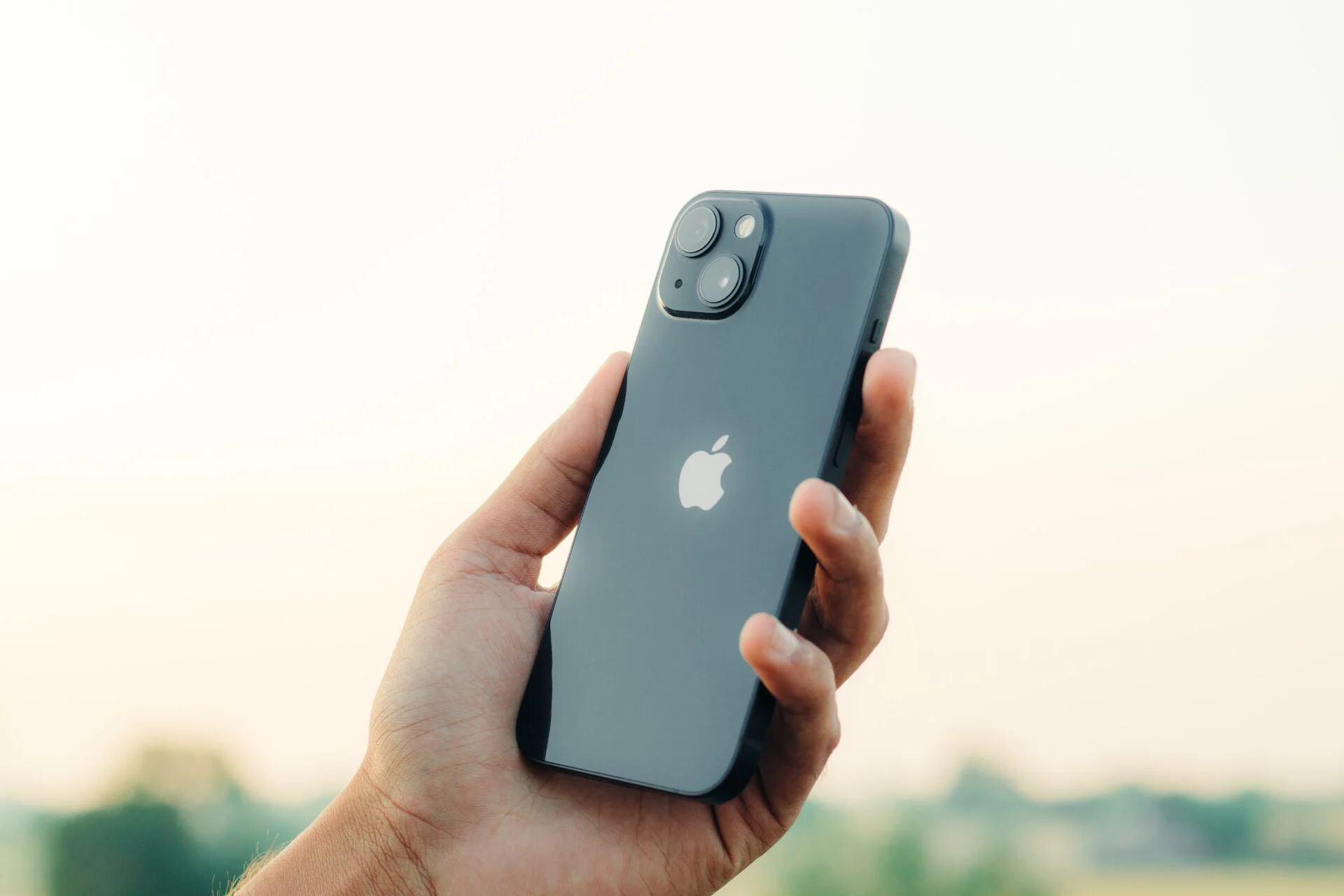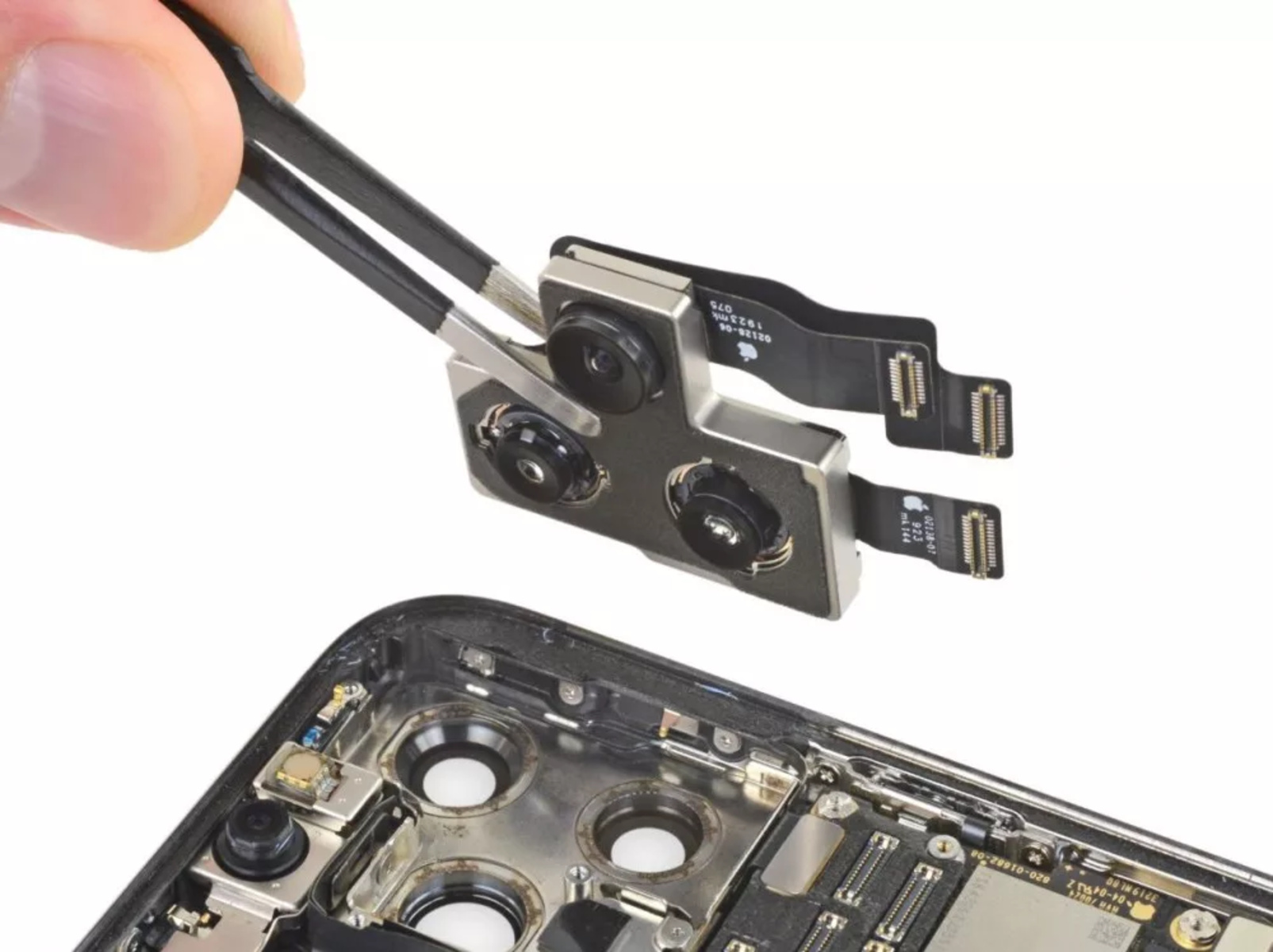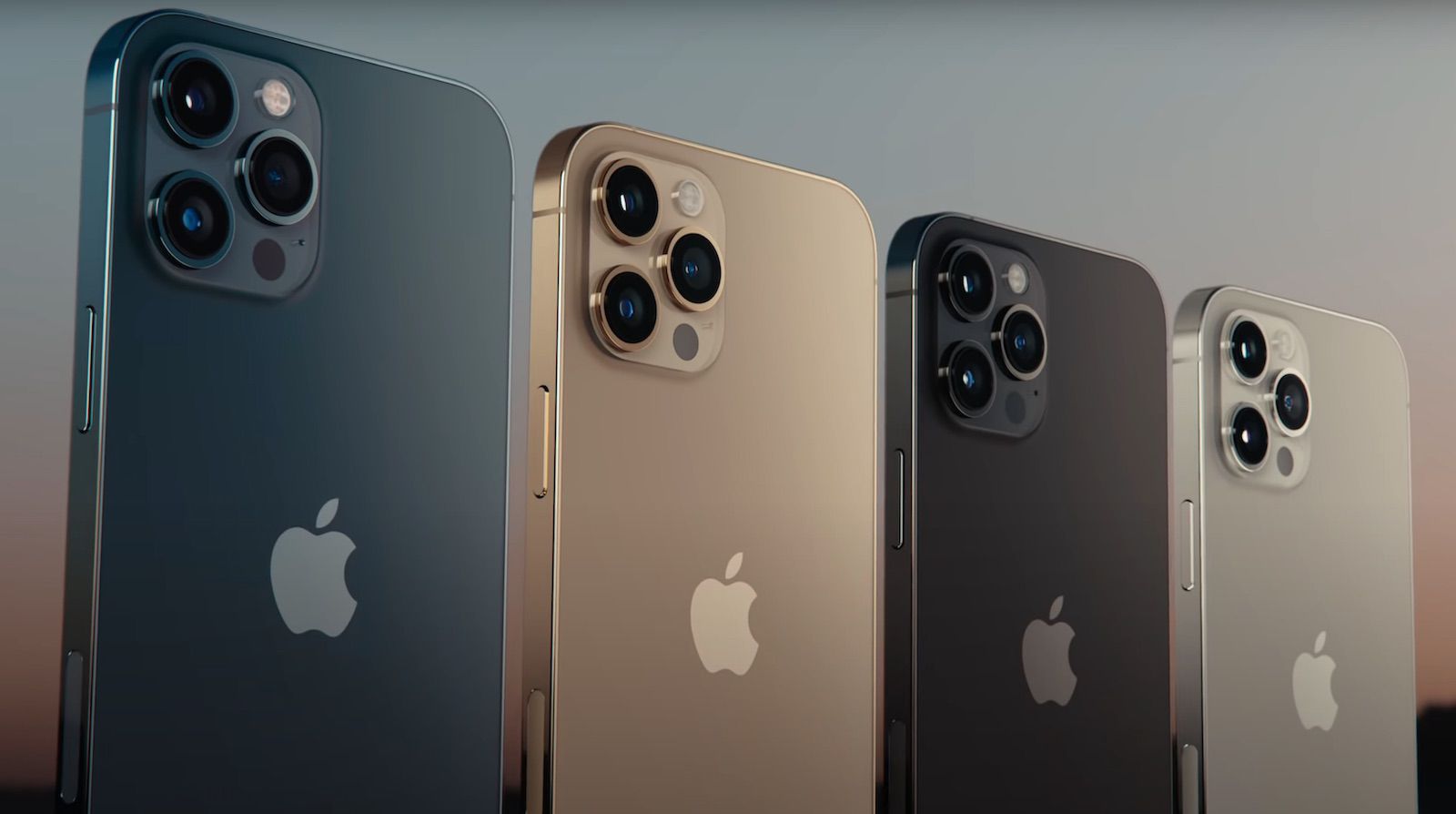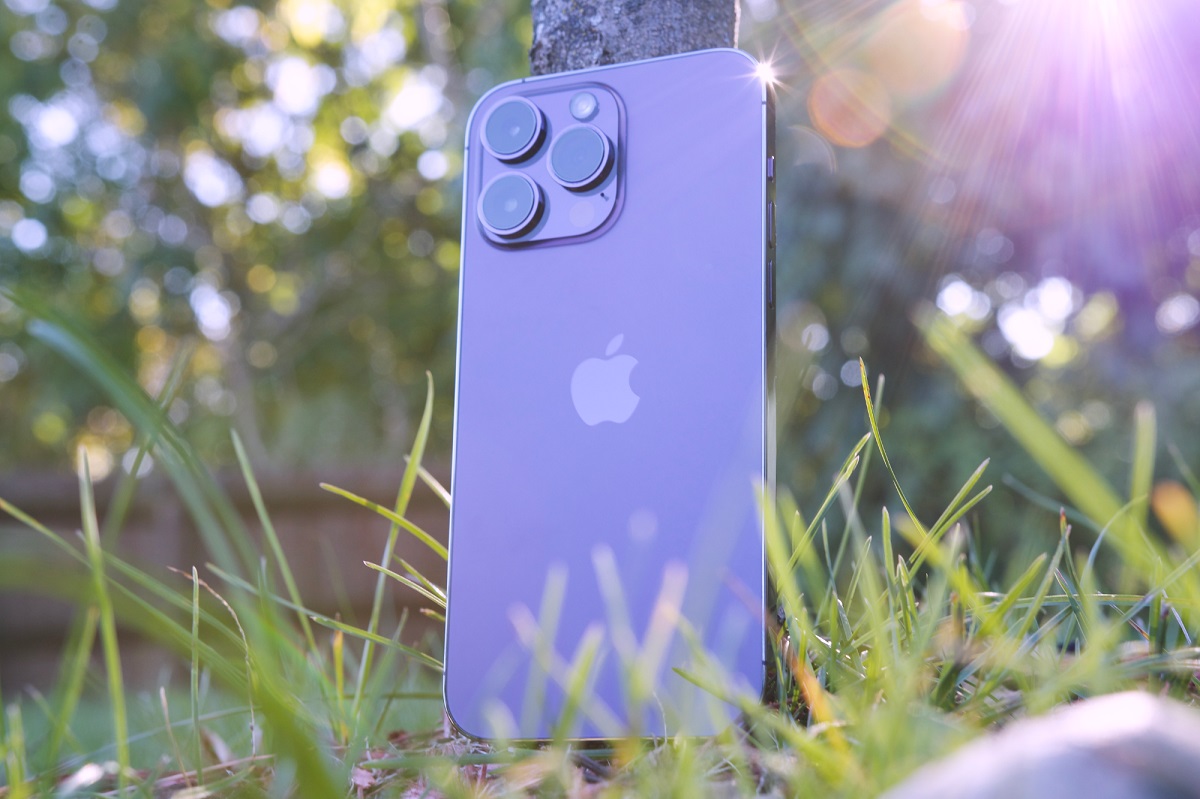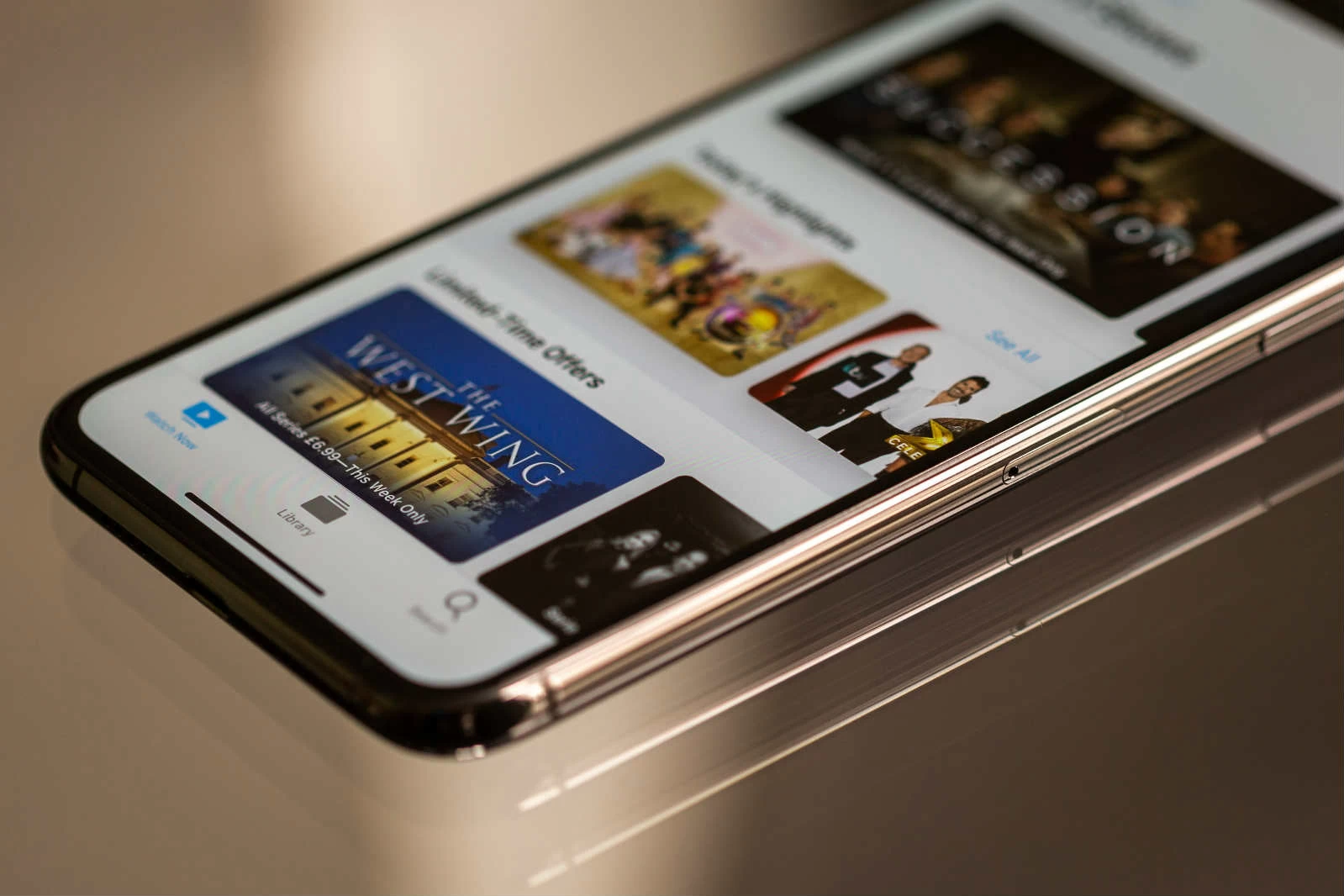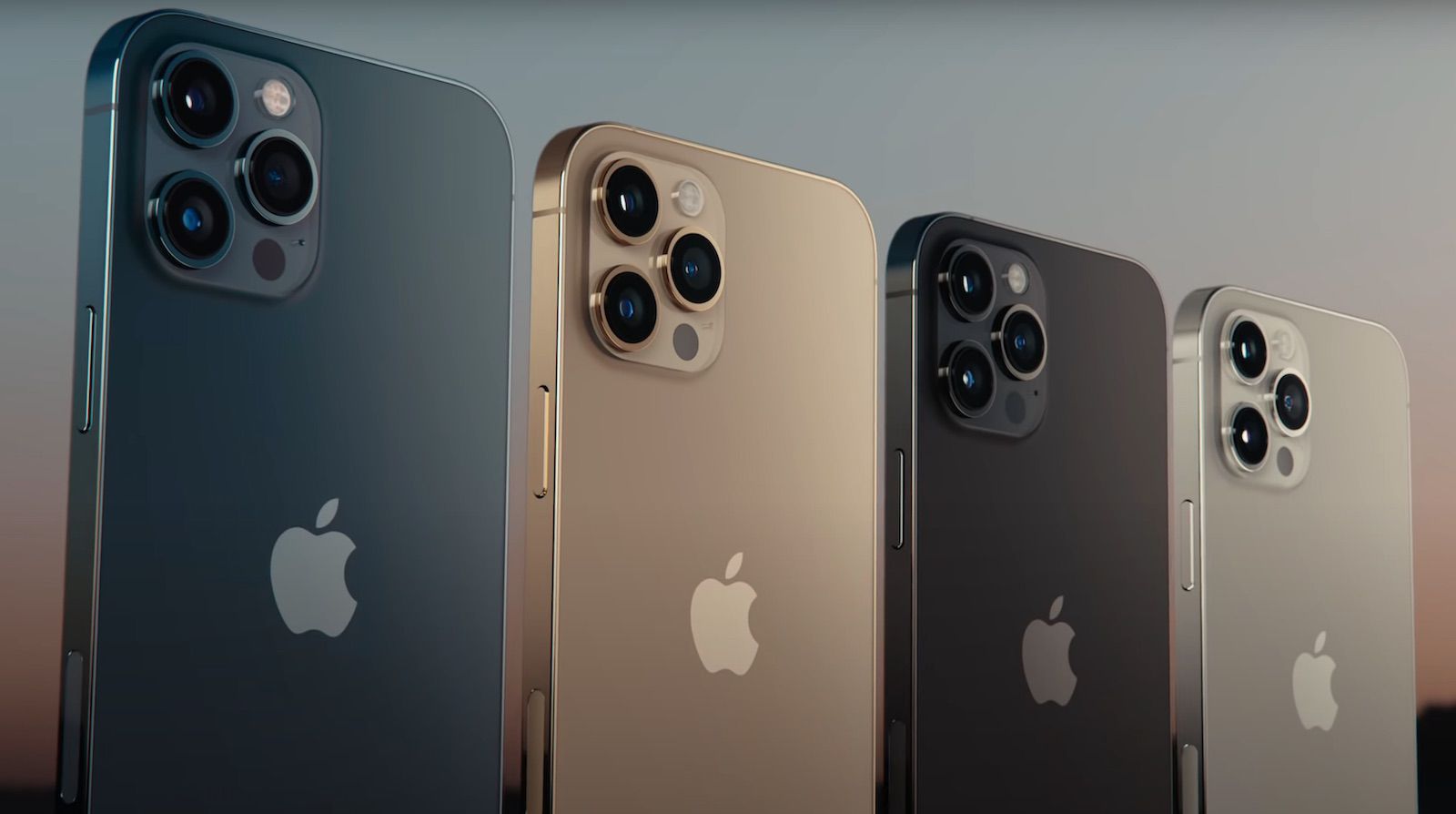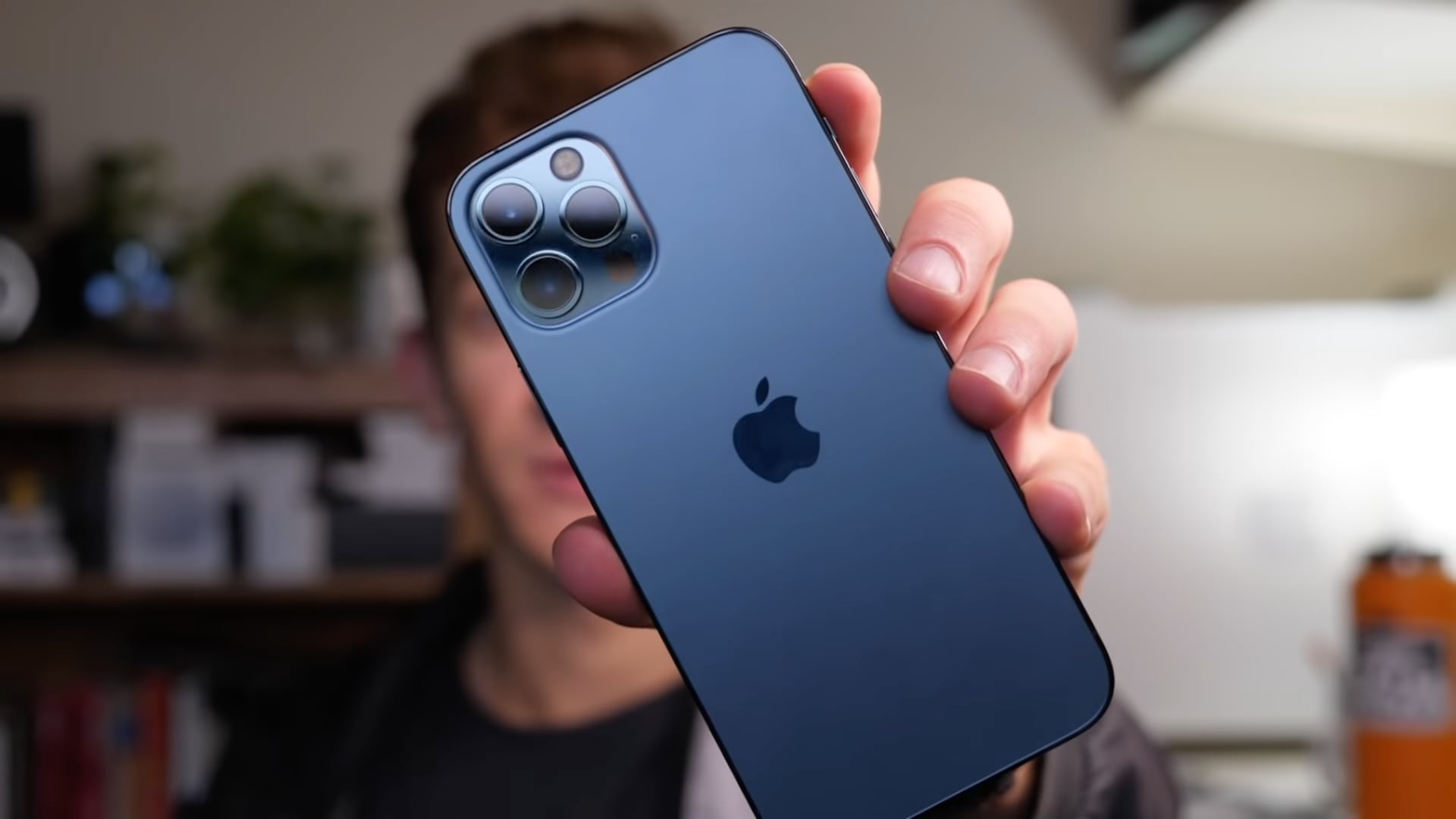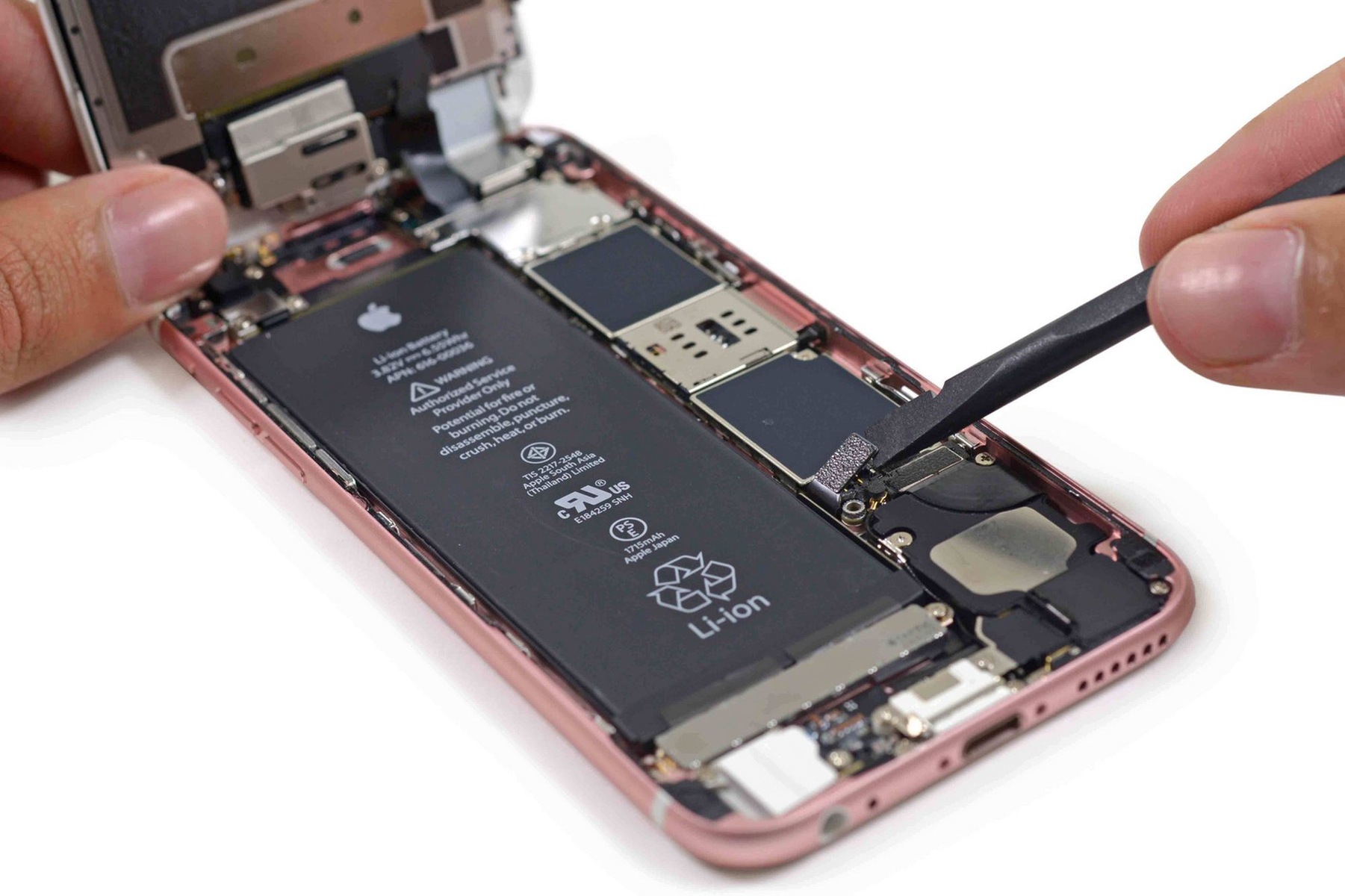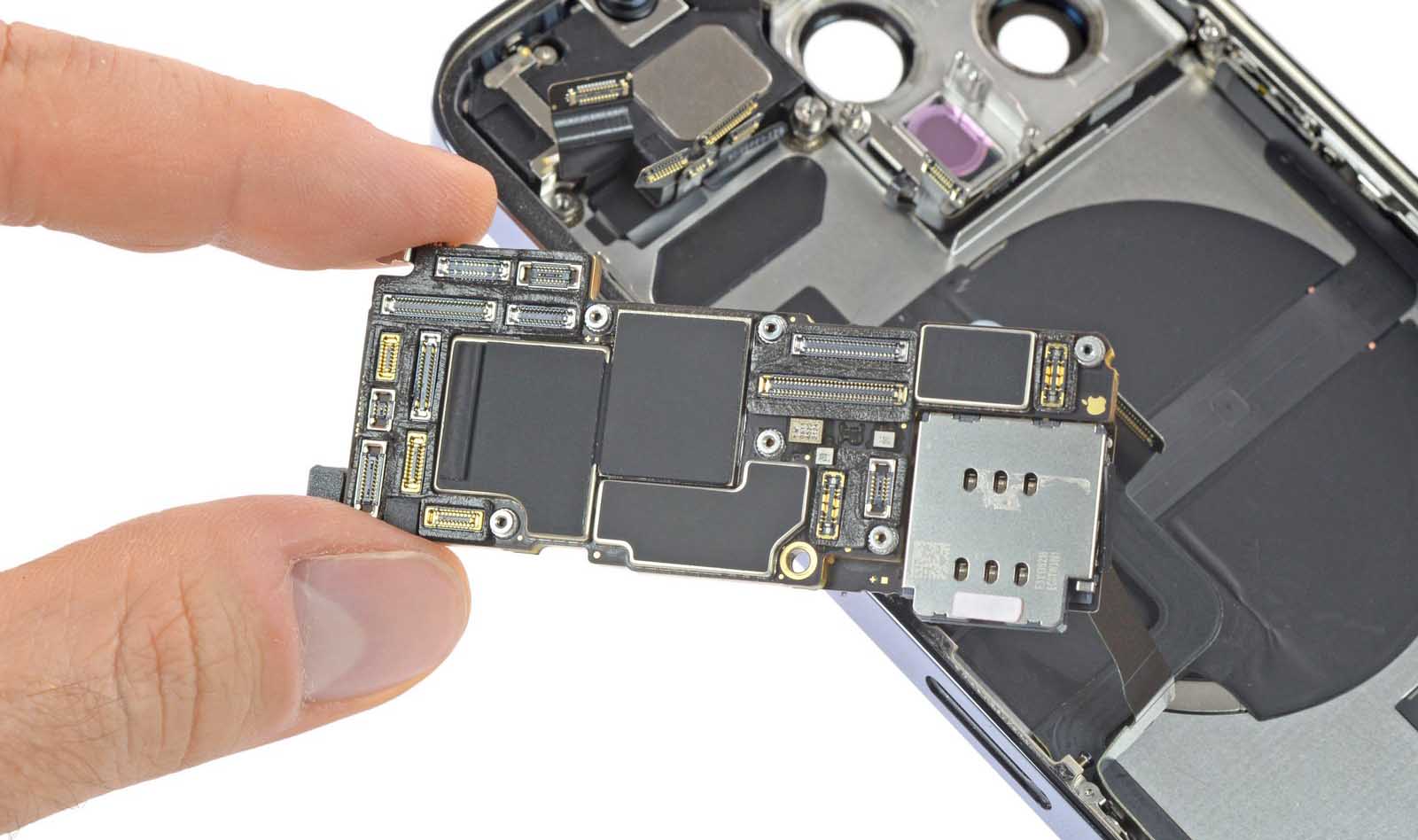Introduction
The iPhone has always been at the forefront of technological advancement, offering users a seamless and innovative mobile experience. One crucial component that plays a significant role in achieving this is the device’s Random Access Memory (RAM). RAM is responsible for temporarily storing and accessing data that is actively being used by the device, allowing for smoother multitasking, faster app loading, and overall improved performance.
Apple’s iPhone lineup has consistently pushed the boundaries when it comes to RAM capacity, ensuring that users can seamlessly navigate through multiple applications and resource-intensive tasks. As the anticipation builds for the upcoming iPhone 13, enthusiasts and tech aficionados are eagerly speculating about the potential RAM upgrades that Apple may bring to its latest flagship device.
The amount of RAM in a smartphone is a crucial factor to consider when purchasing a new device, as it directly impacts the device’s overall performance and multitasking capabilities. In this article, we will explore the significance of RAM in mobile devices and delve into the rumors and speculations surrounding the RAM capacity of the highly anticipated iPhone 13.
It is important to note that while RAM plays a vital role in a smartphone’s performance, it is not the sole factor determining its overall speed and responsiveness. Other components, such as the device’s processor, operating system optimizations, and storage type, also contribute to the overall user experience. RAM, however, remains a key element in providing seamless multitasking and improved app performance.
Now, let’s dive deeper into the realm of iPhone RAM capacity and the potential upgrades that the iPhone 13 may bring to the table.
RAM in the iPhone
The amount of RAM in an iPhone has a significant impact on its performance and ability to handle demanding tasks. RAM is essentially the working memory of a device, where active data and instructions are stored for quick access by the processor. This allows for smooth multitasking, faster app switching, and seamless navigation through various applications.
Historically, Apple has been known to optimize their hardware and software integration, allowing them to deliver exceptional performance even with comparatively lower RAM capacity than some of their competitors. However, with the increasing demands of resource-intensive applications and the evolving user expectations, Apple has also made incremental RAM upgrades in its iPhone models over the years.
Starting from the early iPhone models, the RAM capacity has seen steady growth. The iPhone 3GS, released back in 2009, was equipped with a mere 256MB of RAM. With each subsequent generation, Apple has ramped up the RAM capacity to keep up with the evolving technology landscape and user demands. The iPhone 12 Pro Max, released in 2020, boasts a generous 6GB of RAM, offering users a smooth and seamless experience even with demanding tasks.
It is essential to note that RAM capacity alone does not determine the overall performance and user experience of an iPhone. Apple’s optimized software, coupled with a powerful processor and efficient resource management, works hand in hand with the RAM to deliver exceptional performance. This is why iPhones with relatively lower RAM capacity can often outperform devices with higher RAM in real-world scenarios.
While the RAM capacity in iPhones has seen incremental upgrades, Apple has prioritized a holistic approach to enhance performance and user experience. From hardware optimizations to intelligent software algorithms, Apple has strived to strike the perfect balance between RAM capacity and overall device efficiency.
With the upcoming iPhone 13, there have been rumors circulating about potential RAM upgrades. Tech enthusiasts and industry insiders speculate that Apple may introduce significant RAM improvements to further enhance the device’s multitasking capabilities and overall performance. Let’s explore these rumors and speculations in the next section.
RAM Capacity in previous iPhone models
Over the years, Apple has consistently increased the RAM capacity in its iPhone models, ensuring smoother multitasking and improved performance. Let’s take a look at the RAM capacity of some notable previous iPhone models.
- iPhone 3GS: The iPhone 3GS, released in 2009, featured a modest 256MB of RAM. While this may seem minuscule compared to today’s standards, it was sufficient to handle the relatively simpler apps and tasks of that era.
- iPhone 5: The iPhone 5, launched in 2012, received a notable bump in RAM capacity with 1GB. This allowed for improved performance and smoother multitasking, even with more resource-intensive applications.
- iPhone 6 and iPhone 6 Plus: In 2014, Apple introduced the iPhone 6 and iPhone 6 Plus with a significant upgrade in RAM capacity. Both models featured 1GB of RAM, providing a noticeable boost in performance and multitasking capabilities.
- iPhone 7 and iPhone 7 Plus: Apple continued the trend of RAM upgrades with the iPhone 7 and iPhone 7 Plus, released in 2016. These models were equipped with 2GB of RAM, offering improved performance for demanding applications and seamless multitasking.
- iPhone X: The iPhone X, introduced in 2017, marked another notable increase in RAM capacity. It boasted 3GB of RAM, enabling the device to handle more resource-intensive tasks, such as augmented reality applications and advanced gaming.
- iPhone 12 Pro Max: The most recent flagship iPhone model, the iPhone 12 Pro Max, was launched in 2020 with an impressive 6GB of RAM. This enhanced RAM capacity has contributed to its seamless multitasking, faster app loading times, and improved overall performance.
These RAM capacity upgrades across different iPhone models highlight Apple’s commitment to providing a superior user experience. While other smartphone manufacturers may opt for higher RAM capacity, Apple’s integration of hardware, software, and optimization ensures that iPhones with comparatively lower RAM capacity perform exceptionally well.
With each new iPhone release, Apple aims to strike the perfect balance between RAM capacity, software optimization, and overall device efficiency. This approach allows iPhone users to enjoy a smooth and seamless user experience, regardless of the specific RAM capacity of their device.
Rumors and Speculations about iPhone 13 RAM
As the countdown to the release of the iPhone 13 continues, rumors and speculations are running rampant about the potential RAM upgrades that Apple may introduce in their latest flagship device. While Apple has kept tight-lipped about the precise specifications of the iPhone 13, tech enthusiasts and industry insiders have been buzzing with predictions and leaks.
One recurring rumor suggests that the iPhone 13 lineup will see a significant RAM boost compared to its predecessors. Speculations range from a base RAM capacity of 6GB across all models to even higher configurations for specific variants, such as the Pro models.
Some sources in the industry have hinted at the possibility of the iPhone 13 Pro models, including the iPhone 13 Pro and iPhone 13 Pro Max, being equipped with a remarkable 8GB of RAM. If this turns out to be true, it would be a substantial enhancement in RAM capacity compared to previous iPhone models.
The increased RAM capacity in the iPhone 13 is expected to deliver even smoother multitasking performance, faster app loading times, and improved overall responsiveness. Users would be able to seamlessly switch between resource-intensive applications, edit high-resolution videos, and engage in graphically intense gaming without any noticeable lag.
It is important to note that these rumors and speculations should be taken with a grain of salt until Apple officially unveils the iPhone 13 and its detailed specifications. While leaks and predictions often hold some degree of accuracy, Apple has a track record of surprising its customers with unexpected features and enhancements.
Regardless of the exact RAM capacity in the iPhone 13, it is safe to assume that Apple will continue to optimize the hardware and software integration to provide an unmatched user experience. With advances in processor technology and resource management algorithms, Apple has consistently managed to deliver exceptional performance, even with comparatively lower RAM capacity. This trend is expected to continue with the iPhone 13.
As the release date approaches, the anticipation for the iPhone 13 continues to grow, fueled by these rumors and speculations. Apple’s commitment to innovation and their ability to push technological boundaries ensure that the iPhone 13 will be another groundbreaking device, whether or not the RAM capacity exceeds expectations.
The Importance of RAM in Mobile Devices
Random Access Memory (RAM) plays a vital role in determining the performance and user experience of mobile devices. It acts as the temporary storage for active data and instructions, allowing the device to quickly access and process information. Understanding the importance of RAM can help users make informed decisions when choosing a mobile device.
One of the key advantages of having ample RAM in a mobile device is improved multitasking capabilities. With more RAM, the device can hold a larger number of active applications in the memory, allowing users to seamlessly switch between them without experiencing delays or app reloads. This is particularly beneficial for power users who often juggle between resource-intensive apps, such as video editing tools, gaming applications, or augmented reality experiences.
Furthermore, RAM capacity also directly impacts the speed and responsiveness of apps and overall system performance. When an app is opened, its data and resources are temporarily loaded into RAM for quick access by the device’s processor. With limited RAM, the device may need to constantly swap data between RAM and storage, resulting in slower app loading times and potential lag in performance. Ample RAM eliminates the need for constant data swapping and ensures smooth and responsive app experiences.
In addition to faster app loading times and seamless multitasking, RAM also contributes to efficient memory management. Mobile operating systems and apps often rely on RAM to cache frequently accessed data, allowing for faster access in subsequent uses. This caching mechanism not only enhances the overall user experience but also helps conserve battery life, as the device can access cached data without having to retrieve it from storage repeatedly.
Another aspect where RAM plays a significant role is in gaming. With the increasing popularity of graphically intensive games on mobile devices, having sufficient RAM is crucial. Games with high-resolution graphics, complex physics engines, and detailed textures require ample RAM to load and render these elements smoothly. Insufficient RAM can result in choppy frame rates, long loading times, and overall subpar gaming experiences.
It is worth mentioning that RAM capacity is not the only factor to consider in a mobile device’s performance. The efficiency of the operating system, the optimization of apps, and the power of the device’s processor also contribute to the overall user experience. However, RAM remains a critical component that ensures smooth multitasking, fast app loading times, and efficient system performance.
As technology continues to evolve and mobile applications become more demanding, having sufficient RAM becomes increasingly important. When choosing a mobile device, users should assess their usage patterns, consider the RAM capacity, and select a device that aligns with their requirements for multitasking, app performance, and gaming experiences.
Pros and Cons of iPhone 13 RAM Capacity
The RAM capacity of the iPhone 13 is a crucial factor that can significantly impact the device’s performance and user experience. Let’s explore the potential pros and cons that come with different RAM configurations in the iPhone 13.
Pros:
- Enhanced Multitasking: Ample RAM capacity allows for seamless multitasking, as the device can hold a larger number of active applications in memory without experiencing performance degradation or app reloads.
- Improved App Performance: More RAM enables apps to run more smoothly with faster loading times and better overall responsiveness, especially for resource-intensive applications such as video editing tools, gaming apps, and augmented reality experiences.
- Better Gaming Experience: Higher RAM capacity can provide a more immersive and seamless gaming experience, as it allows for smoother frame rates, faster loading times, and efficient rendering of complex graphics and textures.
- Efficient System Performance: Ample RAM capacity facilitates efficient memory management, allowing the device to cache frequently accessed data and reducing the need for constant data retrieval from storage. This results in improved overall system performance and helps conserve battery life.
- Future-Proofing: Opting for a higher RAM capacity in the iPhone 13 can potentially future-proof the device, ensuring it can handle upcoming app updates, operating system upgrades, and advancements in mobile technology.
Cons:
- Higher Cost: iPhones with higher RAM capacity often come with a higher price tag. Opting for a model with increased RAM may push the device into a more premium price range, making it less accessible for budget-conscious consumers.
- Diminishing Returns: While more RAM can offer improved performance, there may come a point of diminishing returns. Apple’s integrated hardware and software optimization already allow iPhones to perform exceptionally well even with comparatively lower RAM capacity.
- Battery Impact: Higher RAM capacity in the iPhone 13 may have a slightly higher impact on battery consumption. Running more apps simultaneously and efficiently managing active data in memory may require additional power, potentially leading to slightly reduced battery life.
- Storage Limitations: While RAM is essential for smooth app performance, it does not directly expand the device’s storage capacity. Opting for higher RAM does not increase the amount of available storage for storing apps, photos, videos, and other data.
Ultimately, the decision on iPhone 13 RAM capacity depends on individual needs and preferences. For power users who heavily rely on multitasking, resource-intensive apps, and gaming, higher RAM capacity can deliver a superior user experience. However, casual users who primarily use their iPhones for everyday activities may find lower RAM configurations more than sufficient to meet their needs.
Regardless of the RAM capacity, Apple’s optimization and integration of hardware, software, and RAM ensure that users can enjoy a seamless and smooth experience on their iPhone 13, making it a reliable and high-performing device.
Conclusion
The RAM capacity of the iPhone 13 is a crucial aspect that influences the overall performance and user experience of the device. Apple’s consistent attention to optimizing hardware, software, and RAM integration has allowed them to deliver exceptional performance, even with relatively lower RAM capacity compared to some competitors.
While rumors and speculations surround the potential RAM upgrades in the iPhone 13, it’s important to remember that RAM capacity alone does not determine the device’s performance. Other factors such as processor power, operating system optimization, and storage type also play vital roles in delivering a seamless and efficient user experience.
Prospective iPhone 13 buyers should assess their individual needs and usage patterns before making a decision on RAM capacity. For power users who frequently engage in multitasking, resource-intensive applications, and gaming, opting for a higher RAM configuration may provide a more enhanced and seamless experience.
On the other hand, casual users who primarily use their iPhones for everyday tasks may find lower RAM configurations more than sufficient to meet their needs. Apple’s commitment to innovation and their holistic approach to device efficiency ensure that regardless of the RAM capacity, the iPhone 13 will deliver a high-performing and reliable experience.
In the end, it is the combination of optimized hardware, software, and RAM capacity that allows Apple to create devices that excel in performance, efficiency, and user satisfaction. The iPhone 13 is poised to continue this tradition, pushing the boundaries of what a smartphone can achieve and delivering an exceptional user experience to its loyal customer base.







